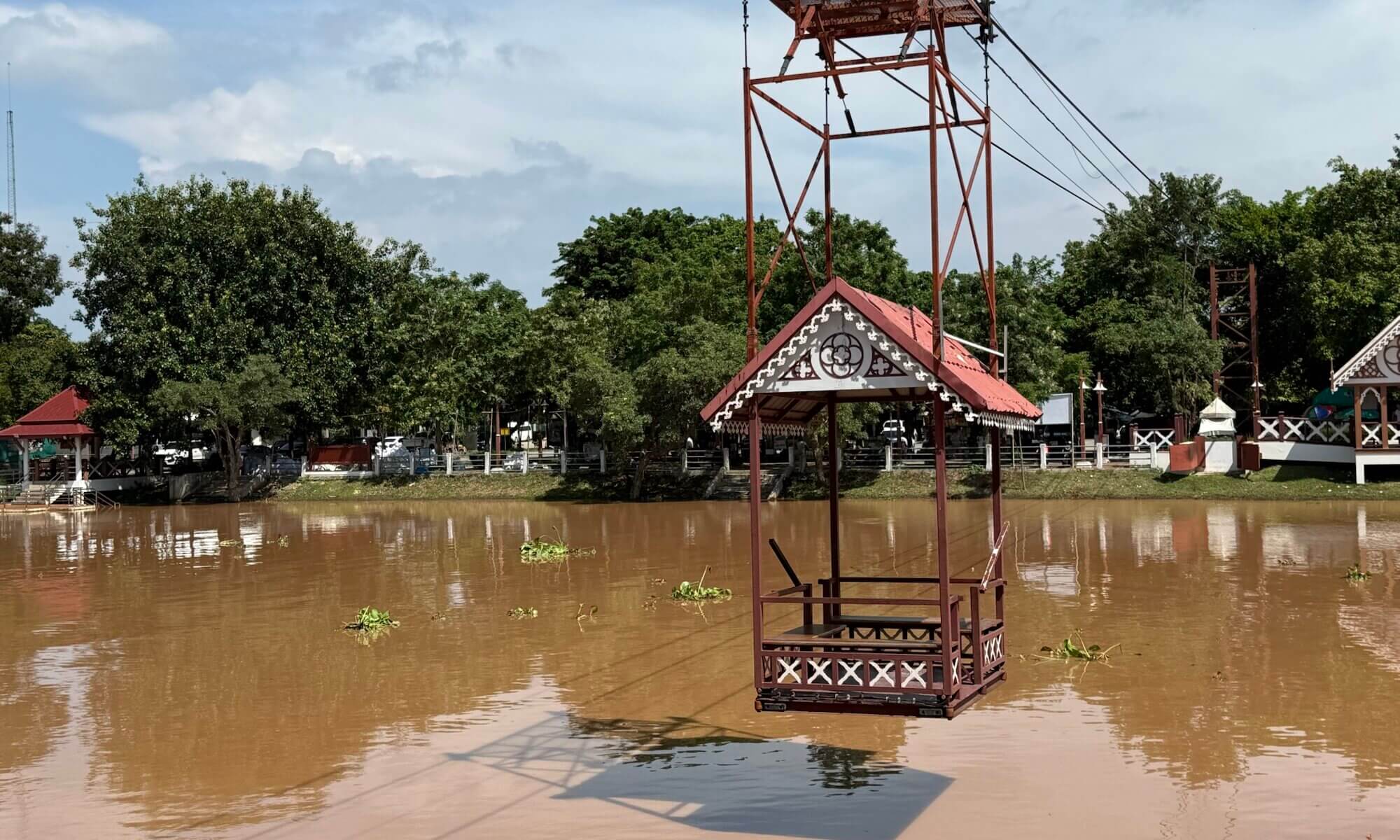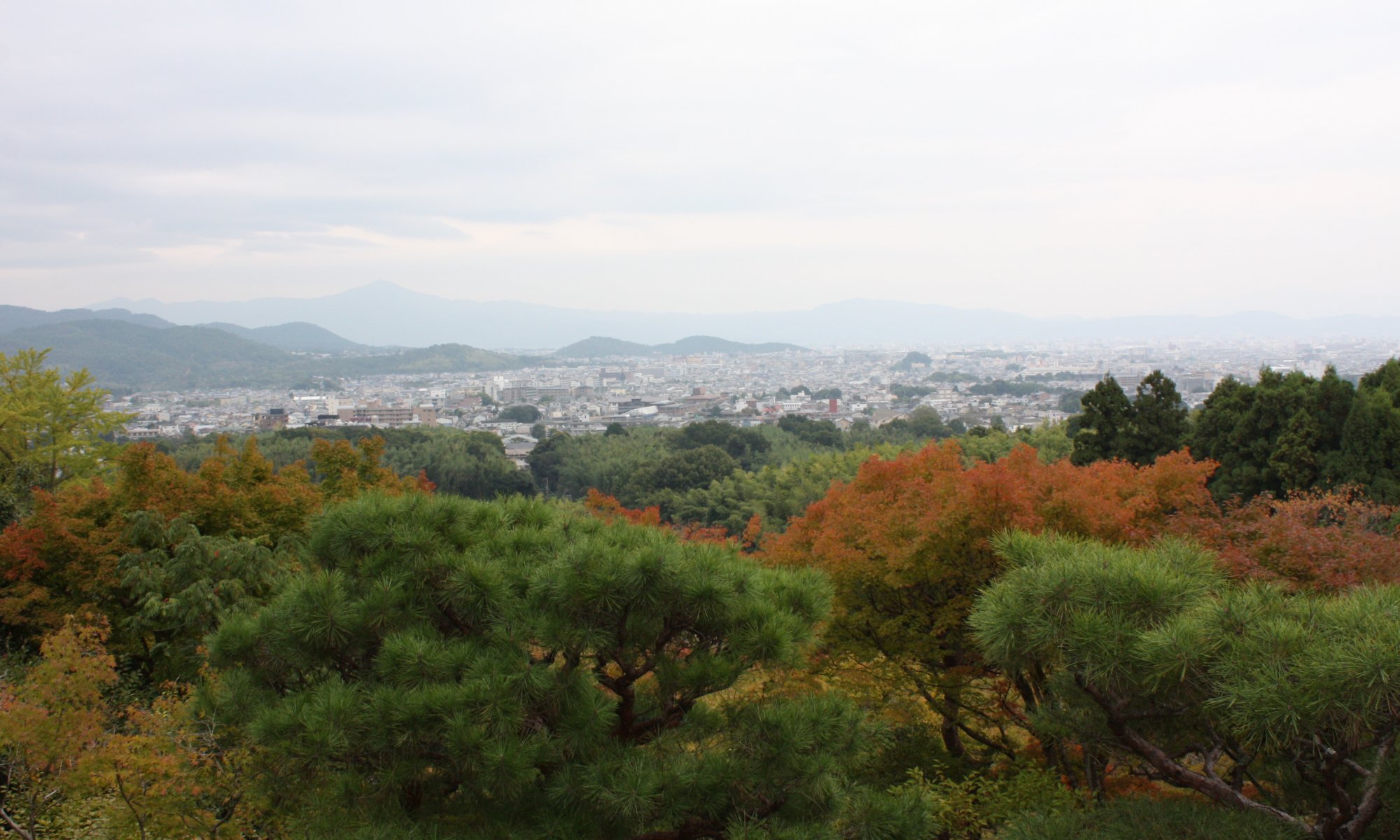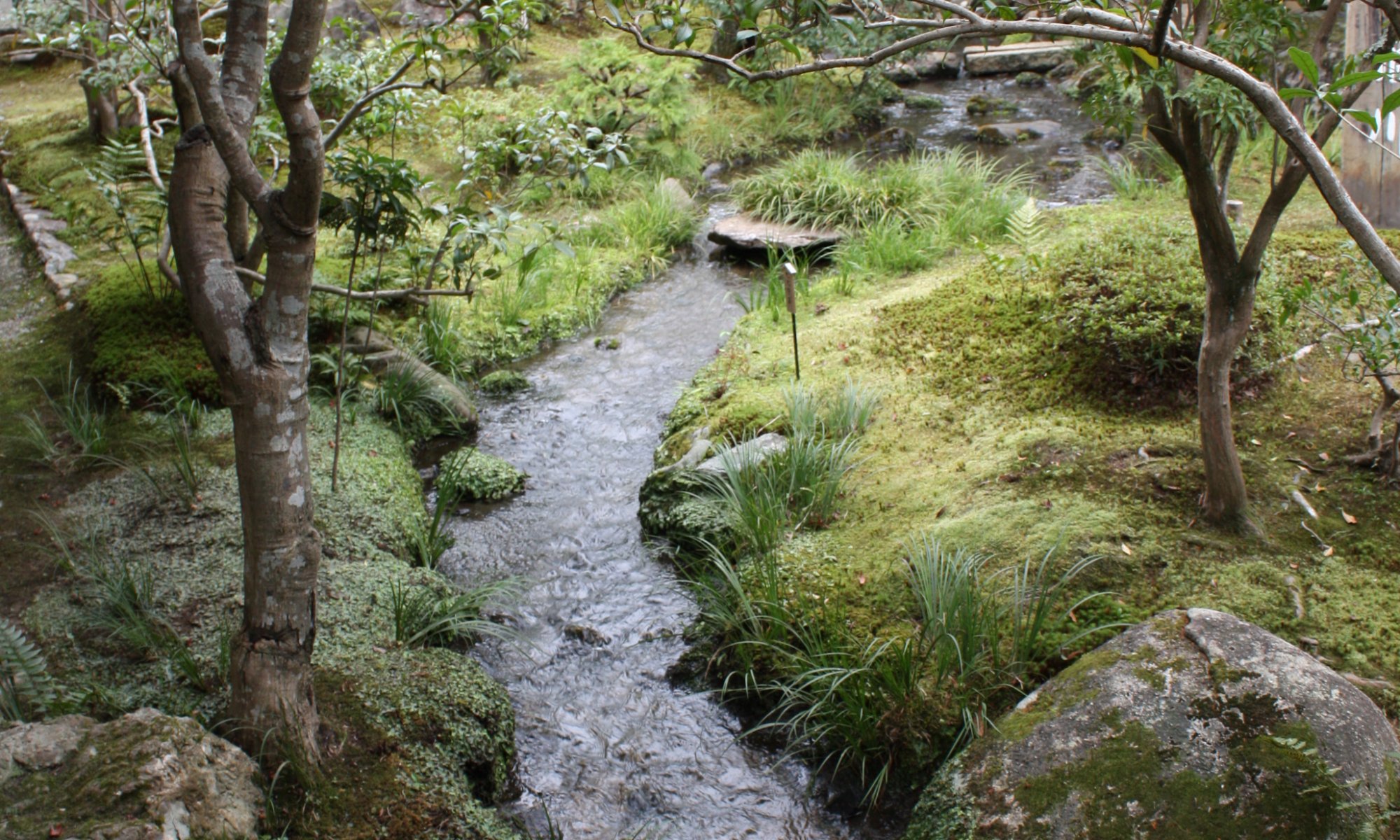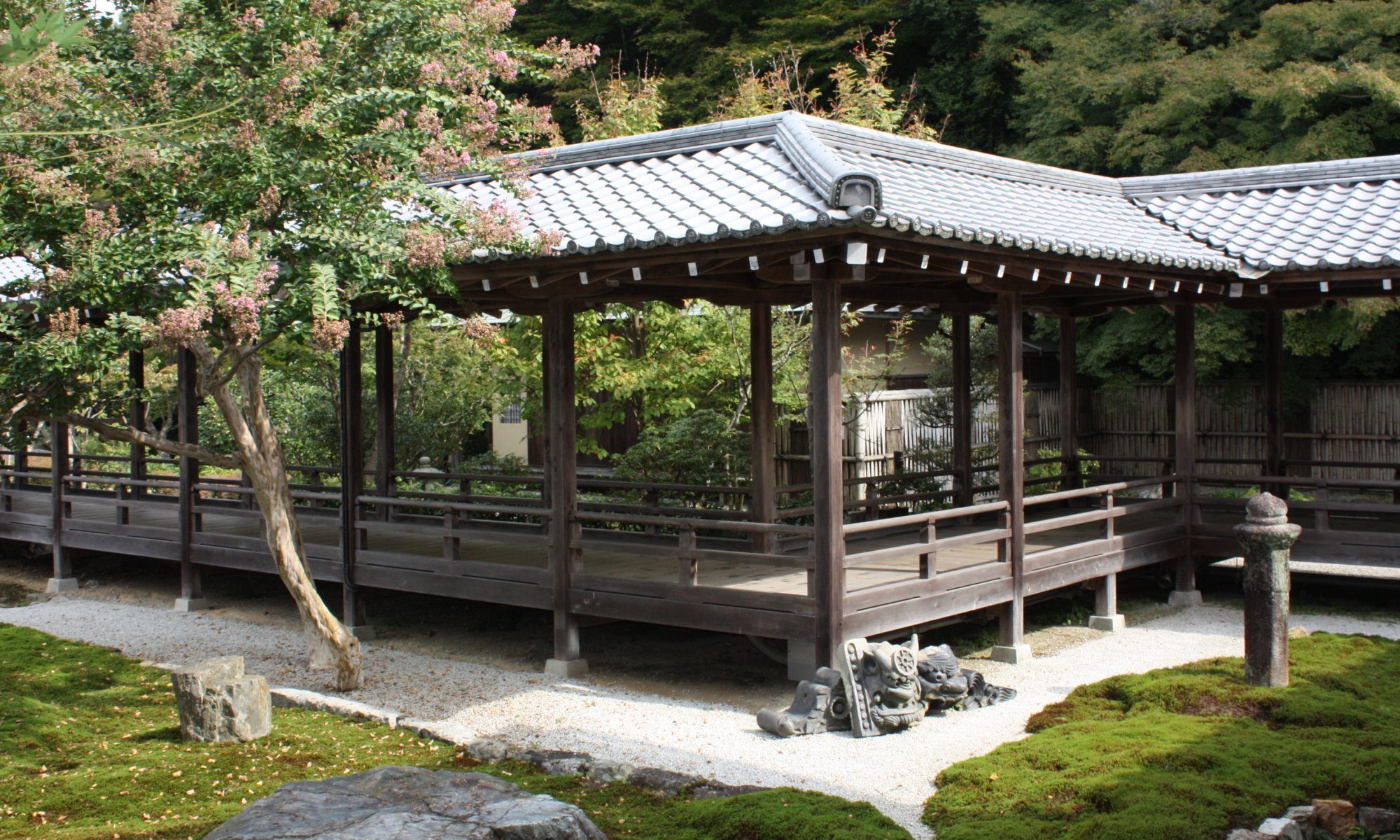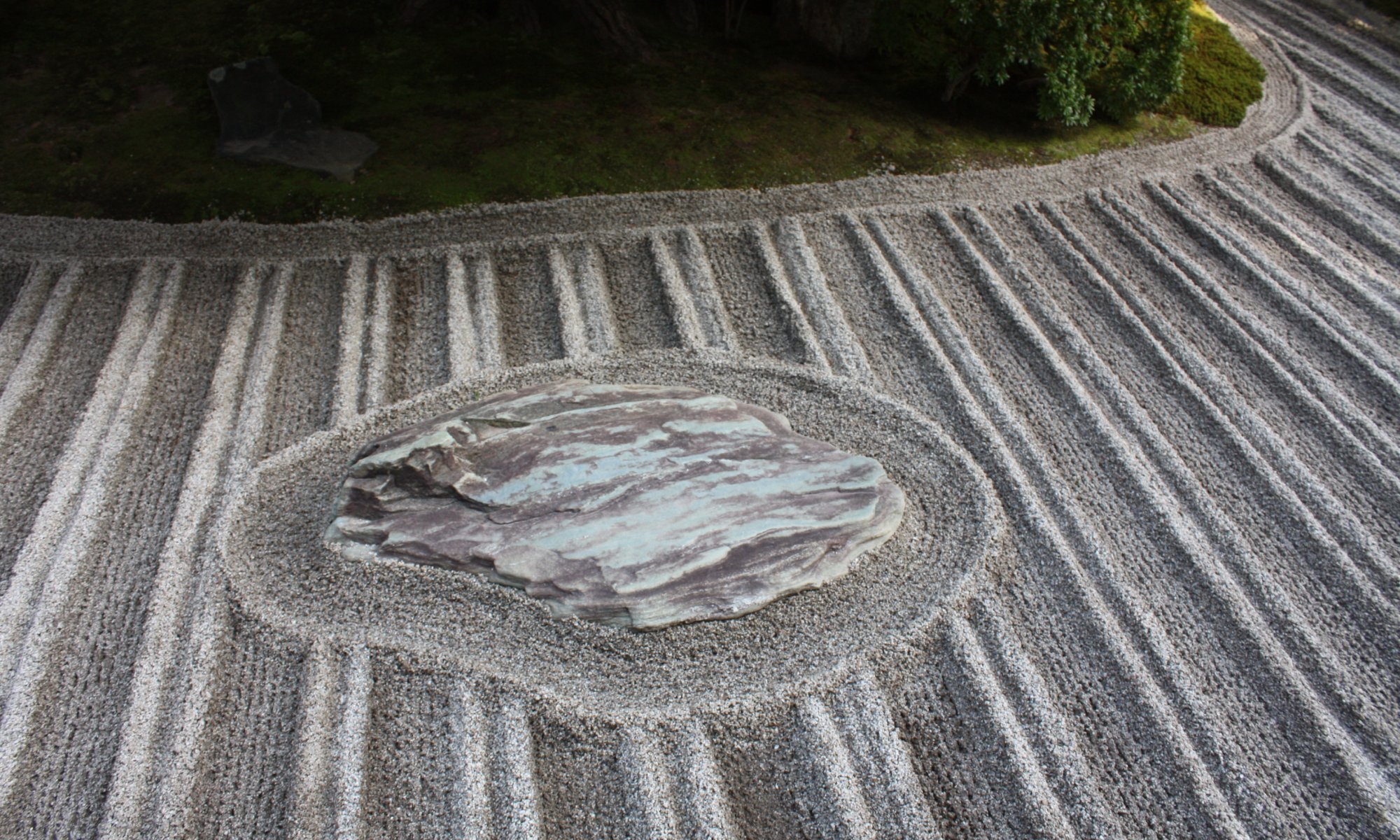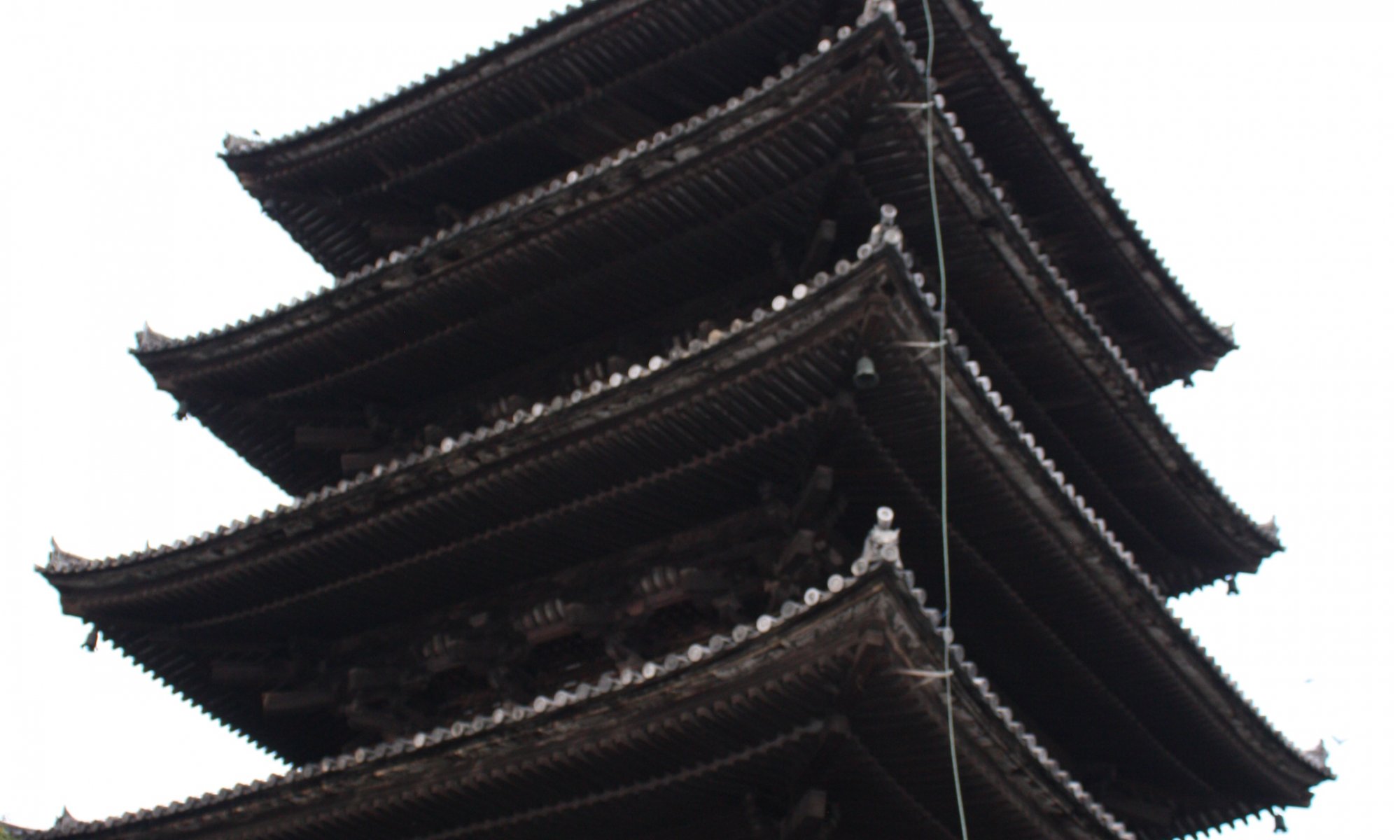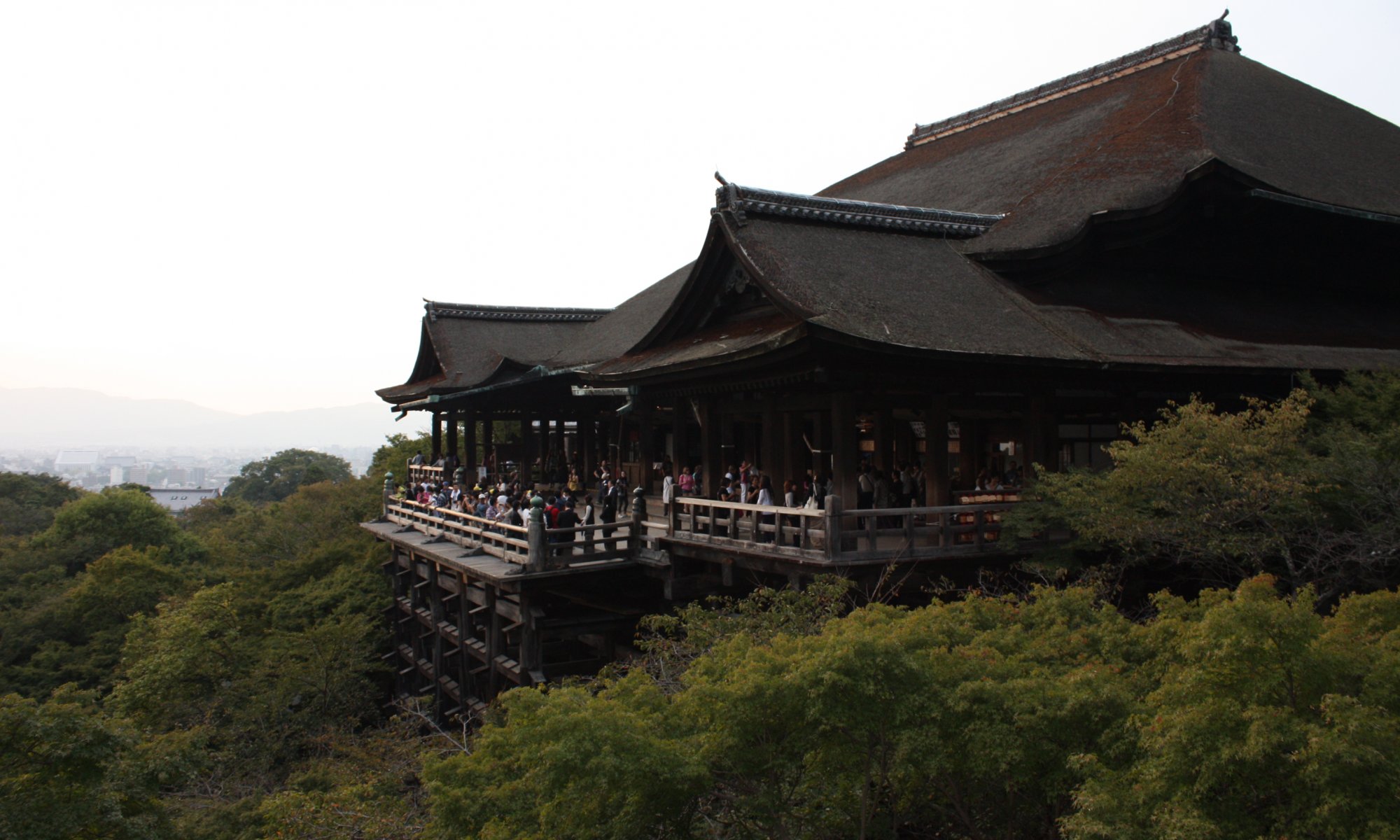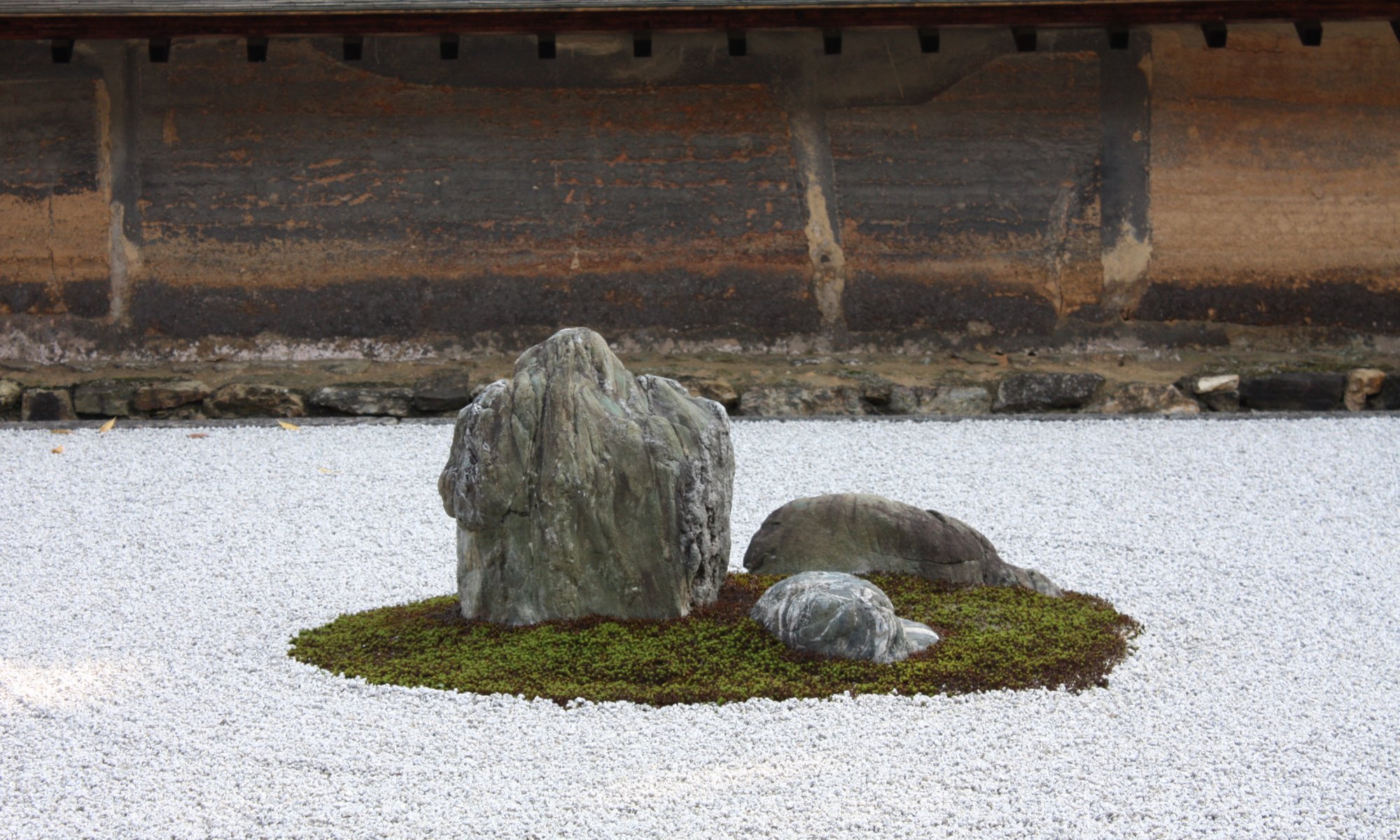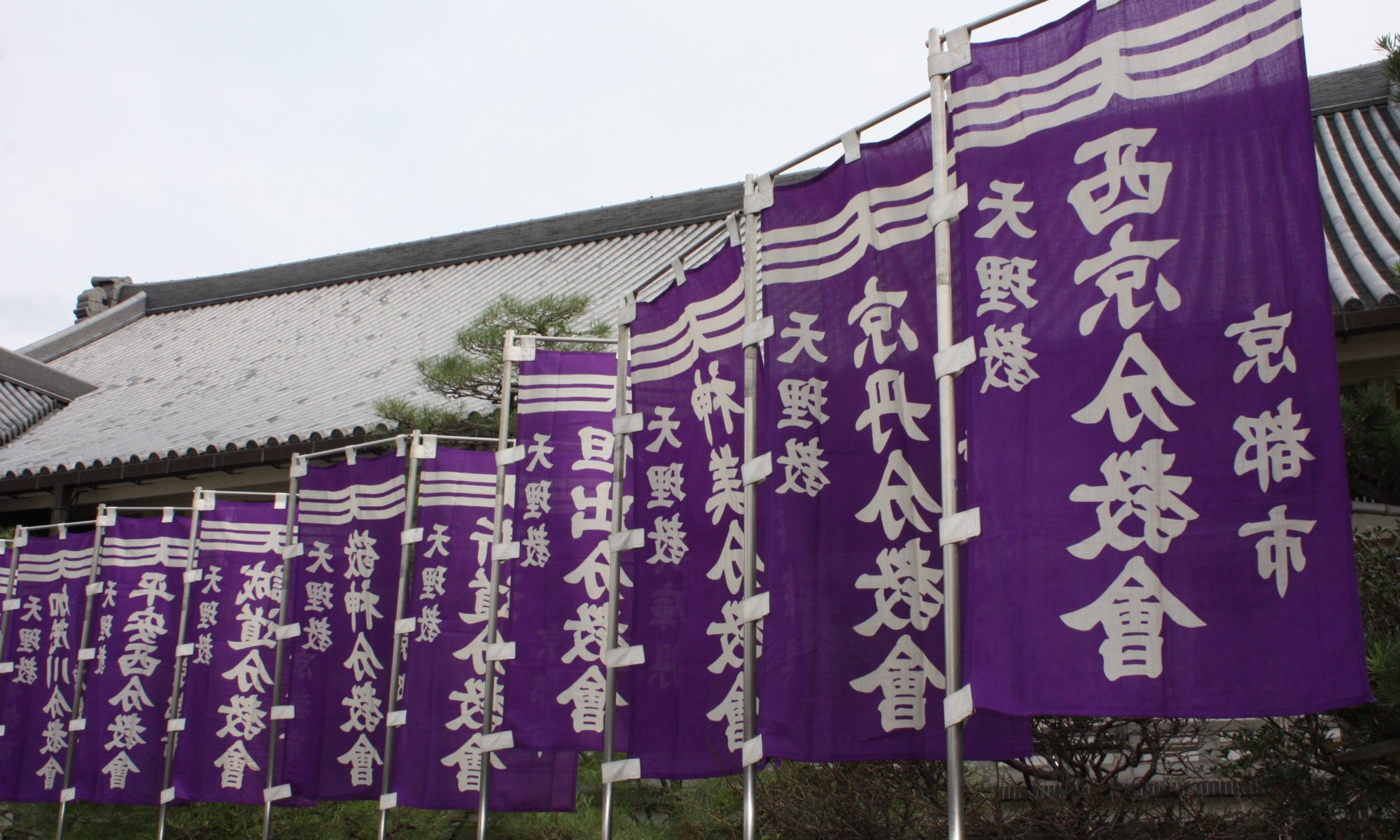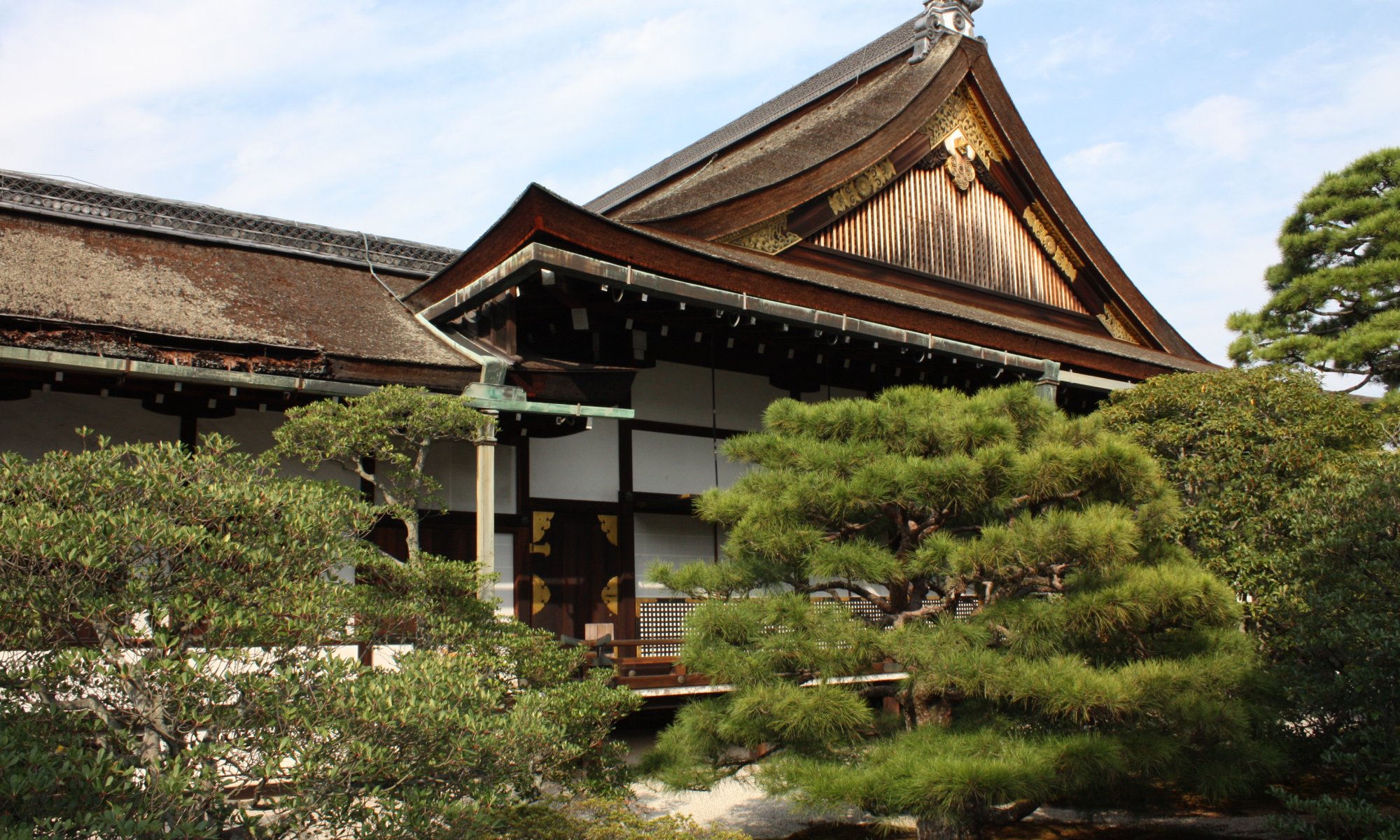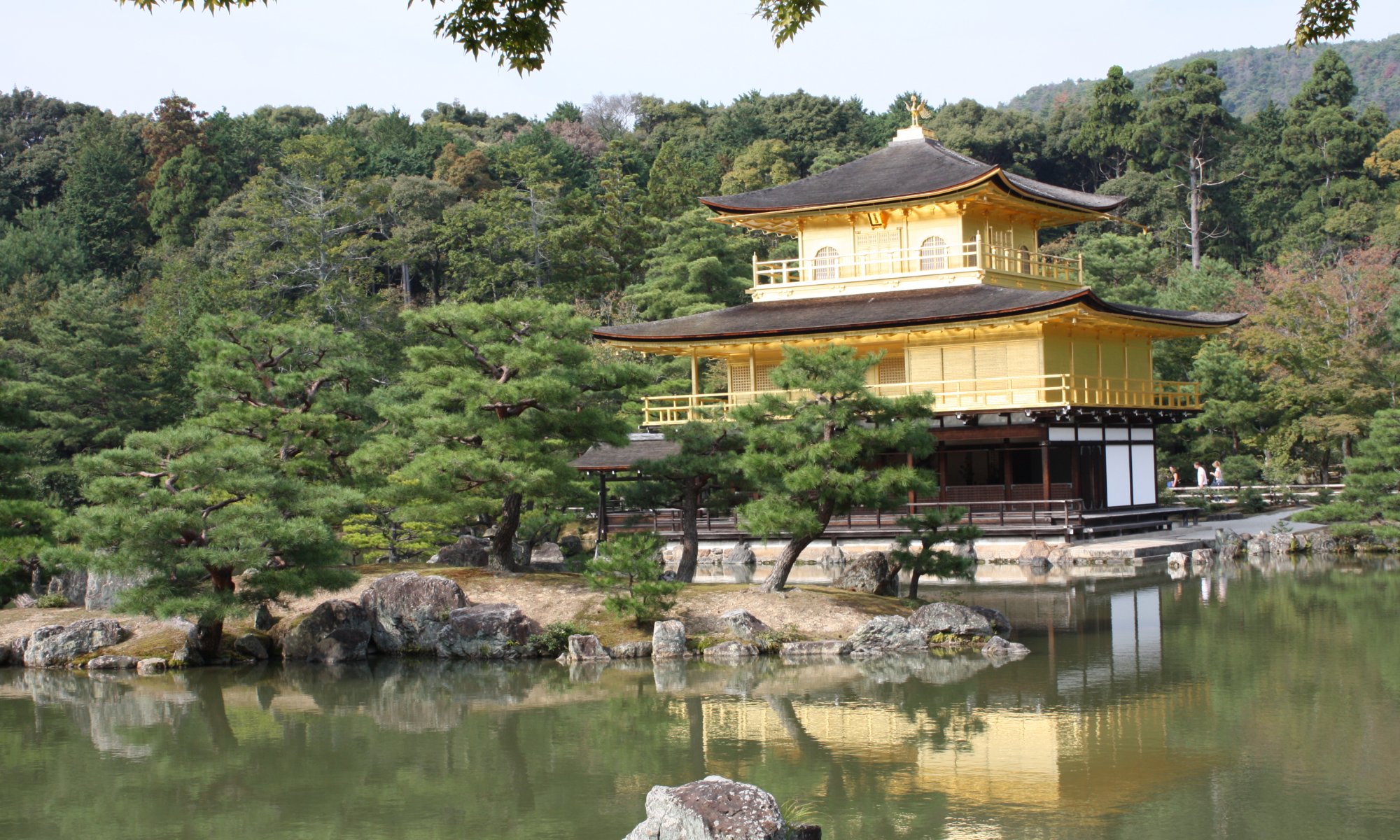The Ōkōchi-Sansō or Ōkōchi mountain villa is the former home of film director Denjirō Ōkōchi in Kyōto, Japan. It is located in Arashiyama close to the Tenryū-ji temple and can be visited for a small fee. Continue reading “Ōkōchi-Sansō villa”
Tenryū-ji
Tenryū-ji is a nice Buddhist temple in Kyōto, Japan close to the bamboo grove in Arashiyama. It was built in 1339 to satisfy the ghost of a former Tennō. In the 14th century CE the gardener Musō Soseki created a wonderful garden next to the main hall. Continue reading “Tenryū-ji”
Nanzen-ji
When you get to the Buddhist Nanzen-ji temple in Kyōto, Japan you will first be impressed by the massive wooden front gate. The temple was built in the 13th century CE and many tourists get here to see the traditional Japanese houses and the nice garden. Continue reading “Nanzen-ji”
Ginkaku-ji
Ginkaku-ji (temple of the silver pavilion) is a Buddhist temple in Kyōto, Japan. It was built in 1482 by a Shōgun as his retirement home. Two buildings from the 15th century CE are still in place: the Kannon-den (Ginkaku, silver pavilion) and the Tōgu-dō. Continue reading “Ginkaku-ji”
Hokan-ji
The Hokan-ji temple in Kyōto, Japan is also called Yasaka pagoda. It is a 46 meters high pagoda with inclined levels in an ancient part of Kyōto. It was built in 589 by prince Shotoku who saw it in a dream. Continue reading “Hokan-ji”
Kiyomizu-dera
The Kiyomizu-dera is an impressive Buddhist temple in the east of Kyōto, Japan. It is located on a hill and offers wonderful views. Since 1994 it is a UNESCO world heritage site. The temple dates back to the year 798, the current wooden buildings are from 1633. Continue reading “Kiyomizu-dera”
Ryōan-ji
Ryōan-ji is a Zen temple in Kyōto, Japan, dating back to 1499. It is well known because of its wonderful Zen garden – you can sit on a wooden platform and look at 15 stones in a 30 x 10 meters small garden. It is surrounded on three sides by a wall. Continue reading “Ryōan-ji”
Electric shocks and three seniors watching TV at the sauna
I like Japanese baths and therefore took the long trip to Funaoka Onsen located in a remote residential area of Kyōto, Japan. I got a towel and managed to find the right way to the men’s locker room and changed my cloth. In the shower I found the first big cultural difference: people sitting on small plastic benches produces soap foam until they are covered in large white clouds. Continue reading “Electric shocks and three seniors watching TV at the sauna”
Kyōto Gosho
The imperial palace in Kyōto, Japan was for the longest time in the history of Japan the residence of the rulers. This began in the Heian period when to seat shifted from Nara and ended with the Meiji restauration when it went to Edo, todays Tōkyō. Continue reading “Kyōto Gosho”
Kinkaku-ji
There is no information or advertisement about Kyōto, Japan without an image of Kinkaku-ji – the golden pavilion. It is a Buddhist temple officially named Rokuon-ji; but because of the upper levels of the relicts hall covered in gold it is most often named Kinkaku. Continue reading “Kinkaku-ji”
